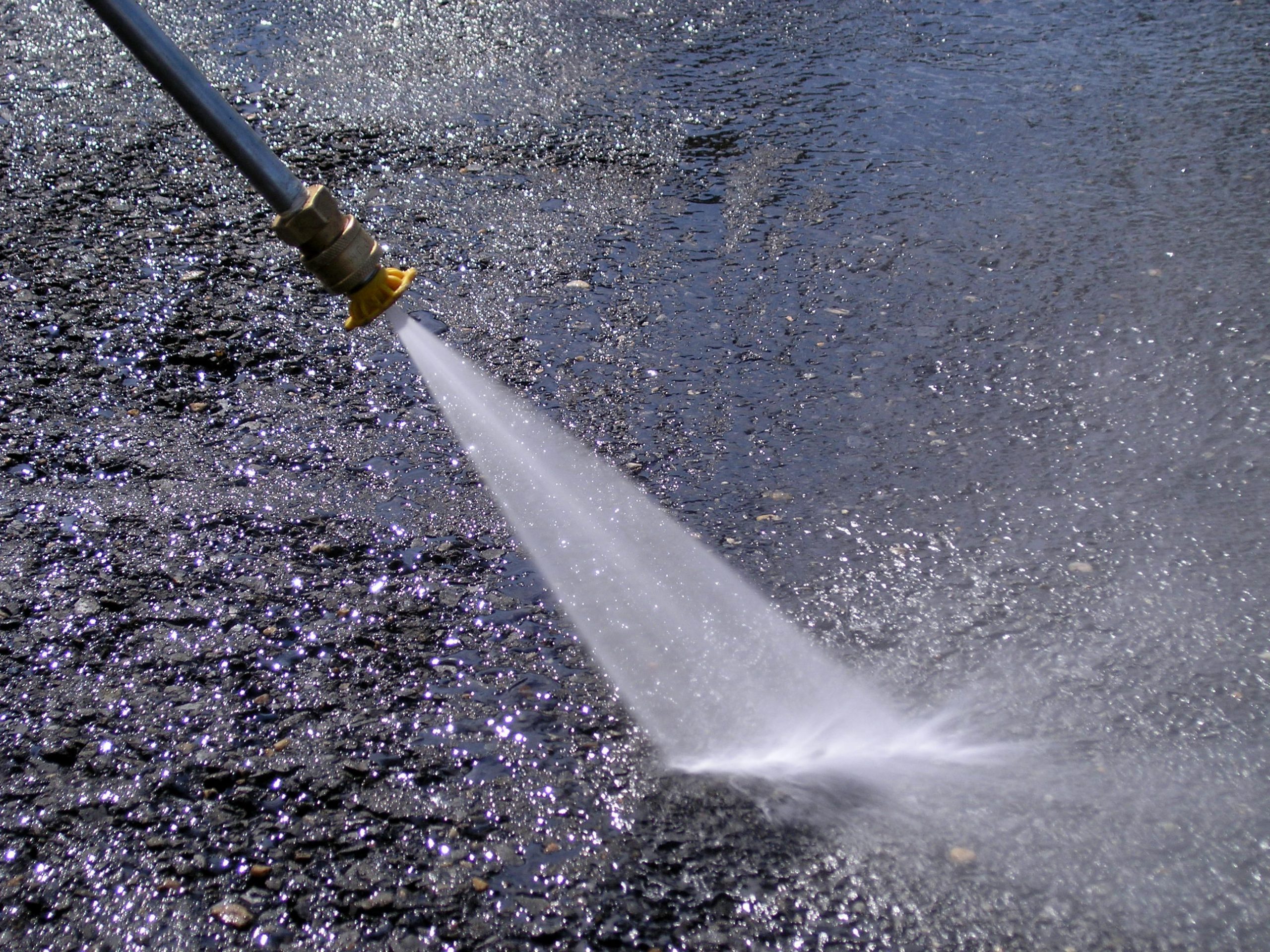The water supply to engine heat exchangers from fire line piping is one of the major causes of damage to standby Diesel-driven fire pumps. This piping must be kept pressurized and the system inspected on a yearly basis.
The fuel tank for the engine shall be sized per NFPA 20 at a minimum of one gallon of fuel per engine horsepower plus five percent for expansion and five percent for sump. The tank should be refilled to no less than two-thirds capacity on an annual basis.
Design
Almost any diesel engine can be used as the driver for a fire pump. However, care must be taken to ensure that the diesel driver is listed for fire pump service and meets NFPA 20 and engine manufacturer requirements.
The fuel tank that holds the diesel fuel must be sized at least one gallon per engine horsepower plus five percent for expansion and five percent for sump. The tank should be insulated and, where possible, preheated to help maintain a stable temperature in the engine room.
The electrical conductors for the automatic controller must be flexibly enclosed and harnessed to terminals on the engine junction box that correspond to numbered terminals on the control panel. This will allow ready connection in the field. The air supply system shall be capable of supplying 180 seconds of cranking operation without recharging and shall be powered independent of the diesel driver. The engine should be equipped with a governor to control the engine speed over a wide range of conditions.
Installation
A diesel engine driven fire pump can be powered by a variety of methods, depending on the building infrastructure and operating requirements. The most common options are electric motors and diesel engines. Electric motors require 460-volt, three-phase power and may be available in various horsepower ratings. Diesel pumps are usually used in high-rise buildings and industrial applications.
A properly sized exhaust system is crucial. The pipe run should be as short as possible and well insulated to reduce heat transfer and keep noise levels to a minimum. It must be designed to NFPA 20 specifications and be protected from damage by the building structure or adjacent spaces.
An outside screw and yoke gate valve must be installed in the suction line to isolate the fire pump from the piping system. NFPA 20 requires that this valve be electrically supervised.
Maintenance
For diesel engine driven fire pumps, the room where it is located must be maintained at a minimum of 40 degrees F to prevent degradation of the battery starting capacity and gelling of the diesel fuel. In addition the battery chargers inside of the controller should be checked to make sure they are functioning properly. The combustion air louvers should also be inspected to make sure they are operable. It is recommended that the pump be run for at least 15 minutes each week. This will not only help to keep the pump in good working order but will also help to use up the fuel before it begins to degrade.
During this test it is important to verify that the pump casing relief valve is open and flowing water, the packing drip drains are working and that the recirculation piping is piped to a floor drain. It is also recommended to check the fuel tank level and make sure it is full.
Safety
Fire pumps have to operate when called upon and are often only able to do so because of preventive maintenance. Like any other piece of equipment that relies on electricity or fuel to operate, they can’t fail to start when the signal is given and must be reliable and capable to function for as long as needed.
Listed fire pump engines are designed specifically for fire protection services and have specific performance requirements that must be met. During a flow test, pressure readings are taken and plotted on hydraulic graph paper to compare with the factory-certified power curve or original acceptance test results. Certain digital ITM platforms can do this for you, and the graphs can help identify trends that may indicate a problem.
Despite the strict performance specifications of a fire pump, misunderstandings and oversights can lead to costly problems and even system failure during an emergency. One such incident involved a fire pump technician who closed the door of the fire pump room during an annual test and failed to open the supply and discharge isolation valves and recirculation piping (allowing the engine to overheat). This resulted in distorted cylinder heads and burnt pistons.

